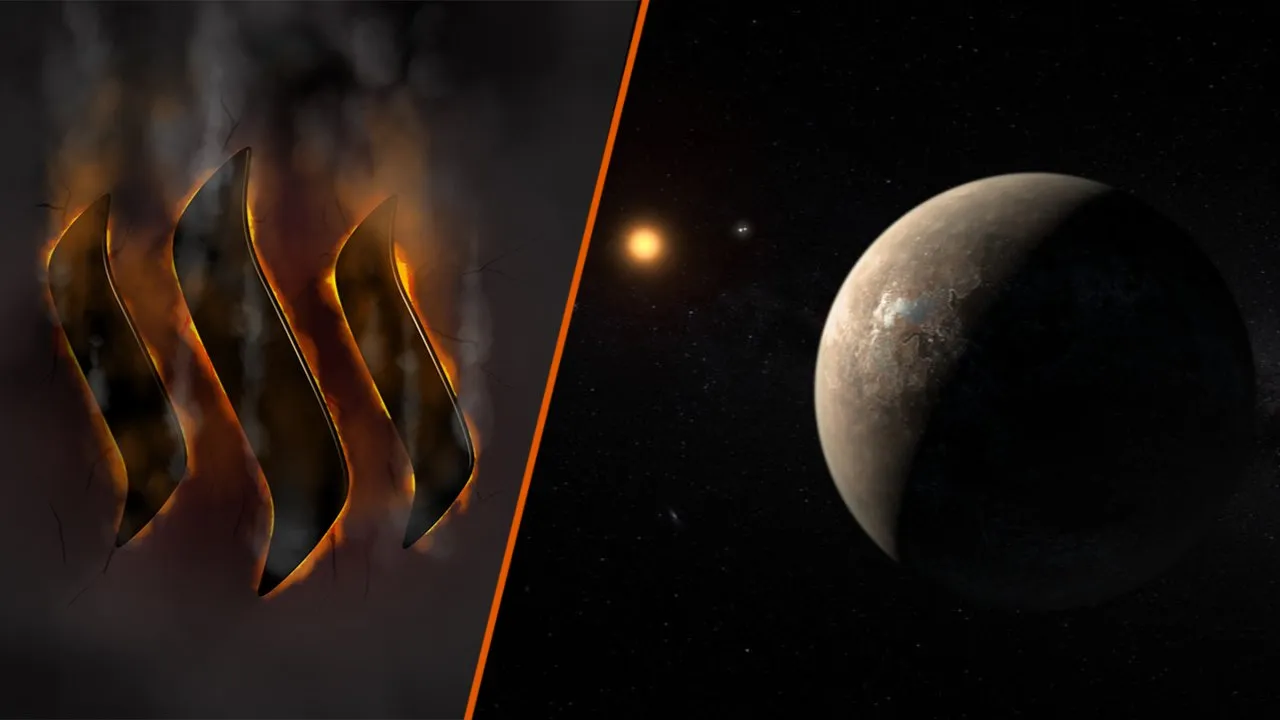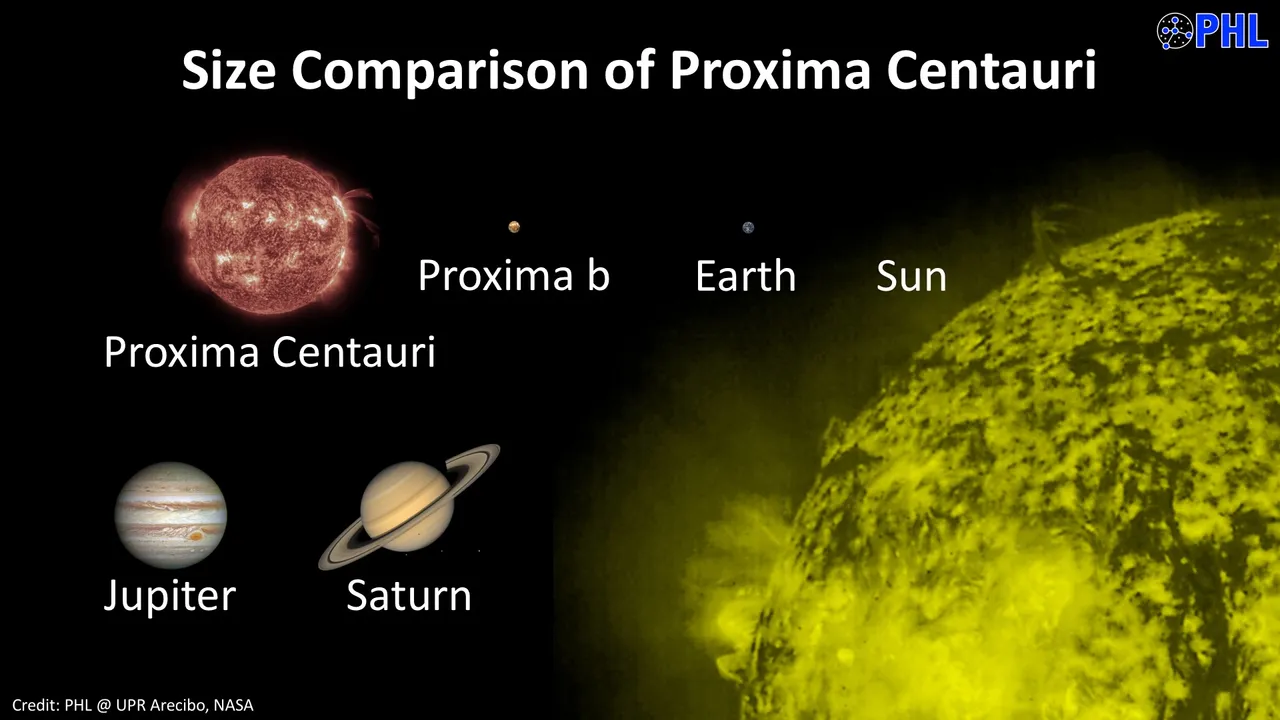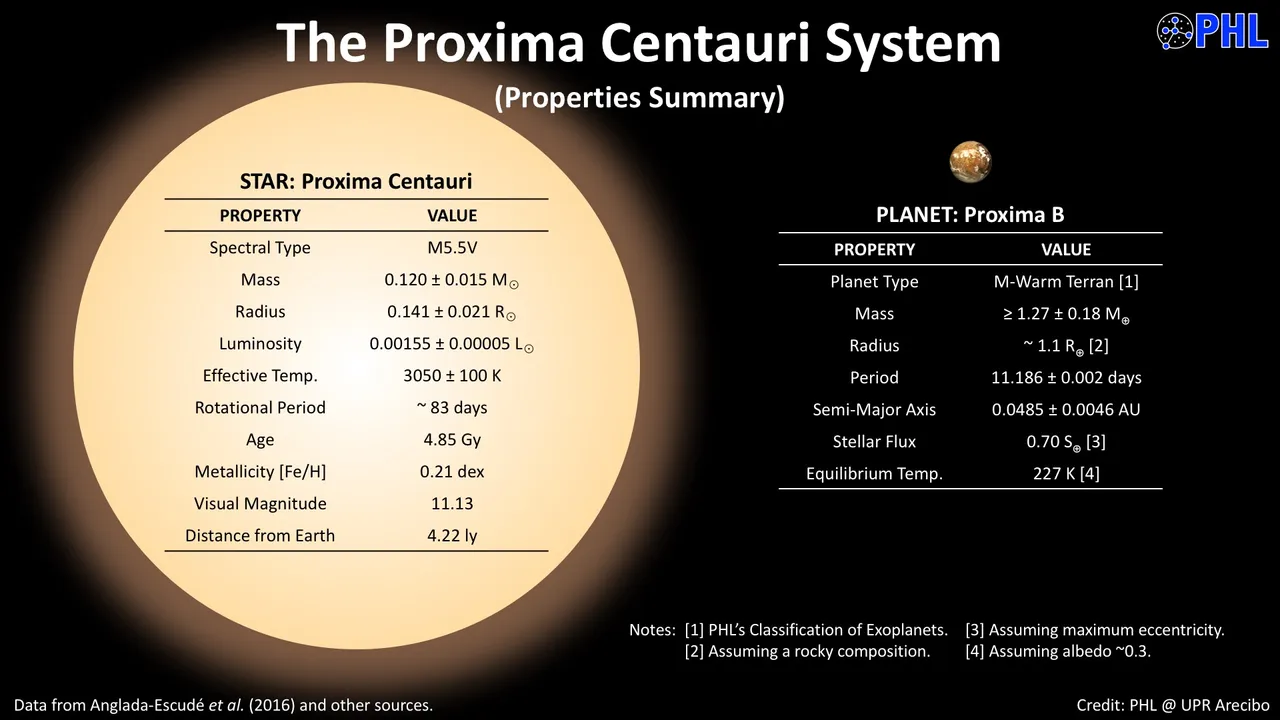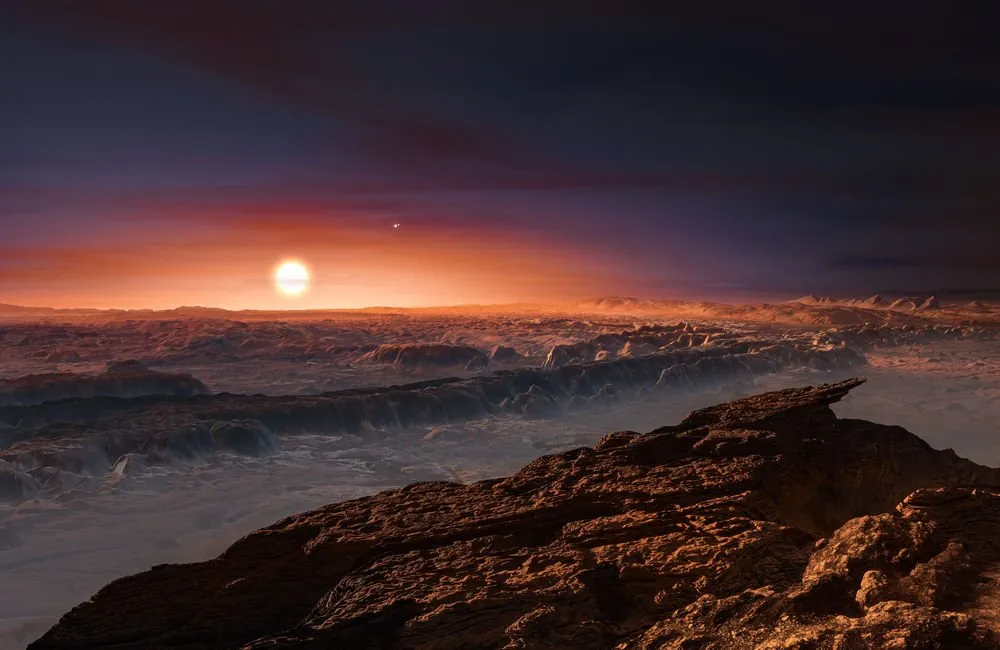
Our Universe. Its dimensions are so incredibly huge that it's hard for humans to imagine and realize it's true size.
We are just a tiny piece in this huge, complex mechanism, and we are only slowly discovering our neighbors!
The question of other life in space is age-old and has been discussed thousands of times.
And now, there might be a new puzzle piece which could potentially be a huge discovery in the future ...
In August, Astronomers have found a new planet with a similar size to earth, which could potentially be inhabitable!
Proxima Centauri B circles our closest neighboring star, Proxima Centauri, and is about 4.2 light years away from the earth.



"It’s not only the closest planet to our solar system, it's the closest planet outside of our solar system that will ever be found" - Astrophysicist Ansgar Reiners
To discover such a planet is not that easy. Astronomers have been watching it closely for a long time, and noticed that the star's light shifted a tiny bit every 11 days. This means that the star was shifting towards and away from earth a little bit, indicating that there actually is a planet!
This is called a "Doppler Shift".

Proxima Centauri is actually so far away that these slight variations only look like a shadow from a telescope on earth.
That's why researchers had to observe the exoplanets around it for years, to make sure it was really the existence of a planet they're looking at and not just a sun spot or a different reason for the light variations.
"Once we had established that the wobble wasn’t caused by star spots, we knew that that there must be a planet orbiting within a zone where water could exist, which is really exciting. If further research concludes that the conditions of its atmosphere are suitable to support life, this is arguably one of the most important scientific discoveries we will ever make!"
- John Barnes , Co-Author of the official Proxima Centauri B research paper
Proxima B orbits the star in a zone that might actually become inhabitable in the future.
BUT this is still only a theory. Proxima B would need an atmosphere and liquid water, which hasn't been confirmed yet.

Proxima B orbits Proxima Centauri at 5% distance between sun and earth - this is only possible because Proxima Centauri isn't nearly as powerful and hot as the sun (otherwise it would've already destryoed the planet's surface).
The scientists estimate that Proxima B gets about 65% of the radiation that earth has.
But without an atmosphere, temperatures on the planet would be way too cold (about -40°C) to inherit life. (But then again, temperatures on earth would be around -20°C without an atmosphere too!)
The planet is suggested to be quite rocky, and a year there is only 11 days long!

Unfortunately, humans will not be able to visit Proxima Centauri B in person with our current technology.
While it's our closest neighboring star, 4.2 light years of distance is still a lot.
It would take thousands of years to reach it with one of our current space ships.

So for now, there's still a long way to go. But it will be interesting to see how research around Proxima B develops, and if it will eventually become inhabitable for life!
Images: 1, Gifs, 2, 3, 4, Steemit Logo @thebatchman
- Instagram -

© Sirwinchester